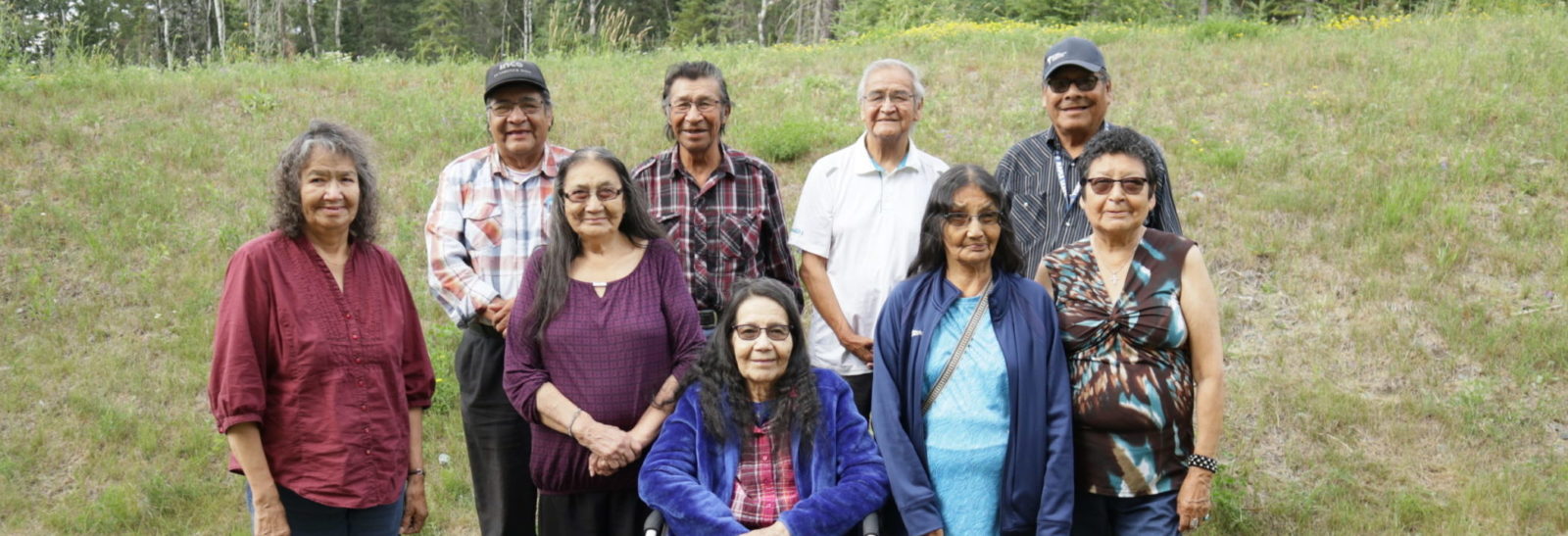
Odabiidamagewin
Governance and Leadership
Board of Directors
SLMHC is governed by a Board of 15 directors appointed on the basis of “proportional representation” (as distinct from “skills” based appointments): Two-thirds Anishinaabe, one-third non-native. This approach was outlined in the Sioux Lookout Four Party Hospital Services Agreement (1997).
In accordance with the amendment to Regulation 965 under the Public Hospitals Act, the SLMHC Board composition has been adjusted to include the Chief Executive Officer, the Chief Nursing Executive, two physician representatives, and a traditional healer, as non-voting members.
The Board is now comprised of 19 members: 11 First Nation and eight non-natives; 15 voting and four non-voting, using a “modified governance model.” It operates successfully as an “integrated board,” versus the nominal, representation, liaison, consultative, advisory, caucus, or other similar approaches taken by many other hospitals that have a mix of Indigenous and non-native members.
Elders’ Council
Respect for Elders, their teachings and their counsel is a fundamental value of our First Nation communities. Community Elders have been extensively consulted in the development of this program and other key aspects of SLMHC planning, operations and issues management. Advice provided has proven valuable. The board, administration, program managers, staff, caregivers, and most of all the patients and clients, benefit from the Elders’ role and presence.
The Elders’ Council is comprised of eight Elders, representing each of the Tribal Councils, the Independents and Lac Seul First Nation, plus the two Elders in Residence. The Council members are appointed for two terms by consensus at the bi-annual Elder’s Gathering. The bi-annual gathering is usually the last meeting prior to the fiscal year-end, and its main purpose is to appoint members to any vacant Council position.
The Elders’ Gathering will continue to support issues management, as well as program and policy development. During these gatherings, the Elders are encouraged to visit with the patients and clients at the hospital and hostel, and also with the residents of the William A. George Extended Care Facility.
Board Chair
The SLMHC Board is led by Sadie Maxwell, representing Windigo First Nation Council. She chairs Board meetings and represents the organization. This application of the principle of “proportional representation” has helped the Board operate as a fully integrated board.
Balance on Committees
Similarly, all Board committees have balanced Anishinaabe and non-native membership.
Traditional Healer
The role of the Traditional Healer is similar to that of the two physicians who sit as board members. The Traditional Healer is a member of the Quality and Patient Safety Committee of the Board and is a member and co-chair of the Elders’ Council, providing the linkage to the SLMHC Board. The Traditional Healer also provides support and advice to the on-going development of the Traditional Healing, Medicines, Food and Supports Program.
Special Advisor to the Board Chair and CEO
Douglas Semple, originally from Wunnummin Lake First Nation, serves as an advisor to the Board of Directors and CEO. He supports the Board leadership and management of SLMHC with practical cross-cultural advice and communications, issues management, political and other support.